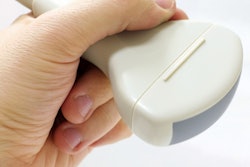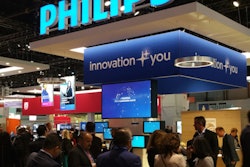Tuesday, November 27 | 10:50 a.m.-11:00 a.m. | SSG01-03 | Room S406A
It's safe to track BI-RADS 3 lesions found on ultrasound at 12 months, rather than six, U.S. researchers will report in this presentation.Supplemental ultrasound finds node-negative cancers that mammography does not, but it also can prompt frequent short-term follow-up and low positive biopsy rates -- especially with lesions categorized as BI-RADS 3 (probably benign), wrote a team led by Dr. Richard Barr, PhD, assistant chair of the department of radiology at Northside Medical Center and president of Radiology Consultants, both in Youngstown, OH.
Barr and colleagues studied 395 screening mammography patients with breast tissue density categorized as BI-RADS 3 who underwent automated volume whole-breast ultrasound. Of these patients, 310 were cancer-free at one-year follow-up and 254 were cancer-free at two-year follow-up. The recall rate for these patients was 3.8% (compared with 8.8% in the American College of Radiology Imaging Network [ACRIN] 6666 trial), while the positive biopsy rate was 60% (compared with 8.9% in ACRIN 6666).
These results suggest that supplemental ultrasound could be cost-effective if it is used with longer follow-up timelines, Barr's team concluded.
"With these improved screening characteristics, supplemental ultrasound could be cost-effective," the group wrote.




















